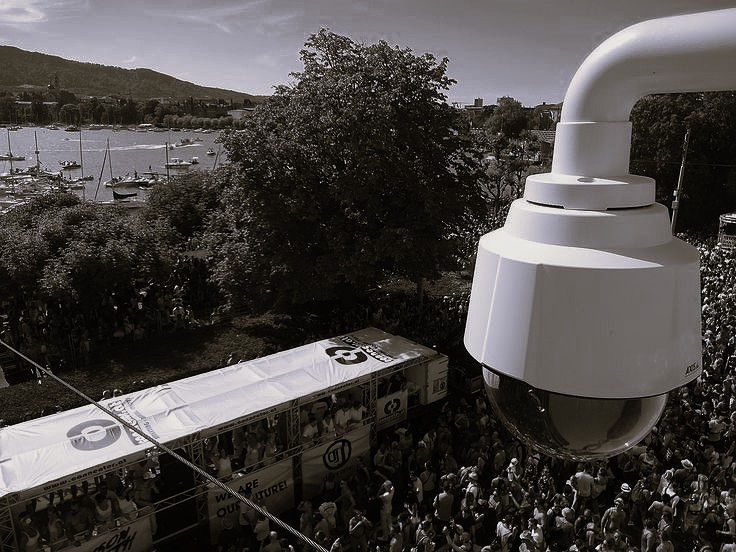How to Choose the Right Audio Visual Design for Your Conference Room
- PPSGroup
- Apr 2
- 3 min read
In today’s fast-paced business environment, particularly in the UAE, conference rooms are no longer just meeting spaces - they are strategic hubs for communication, collaboration, and innovation. To support these functions, businesses are investing in advanced audio visual (AV) Design that blends technology with user-friendly functionality and modern aesthetics.

Across Dubai, Abu Dhabi, and other emirates, organizations are realizing that well-executed audio visual design not only improves meeting productivity but also reinforces a company’s professional image.
Evaluating Your Conference Room Requirements
Effective audio visual design starts with a deep understanding of your space and its specific uses. Conference rooms vary widely; from small collaboration pods to large boardrooms and each serves different purposes such as team meetings, client briefings, or hybrid conferences.
Key factors to consider include room size, seating capacity, and the primary types of meetings held. Larger rooms may require advanced audio systems for even sound coverage, while smaller spaces benefit from compact, integrated solutions that don’t overwhelm the room.
In the UAE, many companies partner with professional audio visual consultants who conduct detailed site assessments to ensure that technology recommendations align with the room’s functional requirements and architectural characteristics.
Display Solutions for Maximum Impact
The display is often the focal point of any conference room. Choosing the right visual solution - whether it’s a high-resolution projector, an interactive flat panel, or a multi-screen video wall - depends on factors such as room lighting, viewing angles, and presentation needs.
In sunlit environments like those common in the UAE, high-brightness displays ensure content remains visible throughout the day. Screen size should be proportionate to the room layout, allowing all participants - even those seated furthest from the display - to view content clearly and comfortably. Audio visual design experts can recommend optimal screen dimensions and mounting positions to deliver maximum visual impact.
Audio Systems for Clear Communication
No meeting is effective without clear and consistent audio. High-quality sound systems are crucial, especially in hybrid settings where remote participants must hear and be heard without interruption.
Audio visual design should account for room acoustics, selecting the right mix of microphones, speakers, and acoustic treatments. Hard surfaces, which are common in modern UAE interiors, often require sound-absorbing materials to minimize echo and improve clarity.
Microphone choice is also critical. Ceiling-mounted array microphones are ideal for larger rooms, offering wide coverage with minimal visual intrusion. In smaller settings, tabletop microphones may offer more precise voice capture. Many businesses adopt hybrid microphone setups to accommodate varying meeting formats and participant numbers.
Control Systems for Seamless Operation
The effectiveness of audio visual systems hinge on ease of use. Even the most advanced technology can fall short if users struggle to operate it. That’s why intuitive control systems are an essential part of successful conference room Audio Visual design.
From wall-mounted keypads to centralized touchscreen interfaces, modern control systems allow users to manage lighting, audio, video, and conferencing equipment with minimal effort. UAE-based businesses often favour one-touch start systems, enabling all room technology to activate simultaneously with a single command, saving time and reducing technical support needs. The best designs strike a balance between simplicity for everyday tasks and flexibility for more advanced control when required.
Connectivity Options for Universal Compatibility
Flexibility is key in today’s tech culture. Conference room audio visual systems must support a wide variety of devices and connection methods. Attendees expect to connect laptops, tablets, and smartphones quickly and without technical difficulties.
Wireless presentation systems are becoming standard, eliminating cable clutter and enabling multiple users to share content simultaneously. Nonetheless, well-placed physical connections remain important, especially for specialized equipment. Thoughtful cable management ensures easy access while maintaining a clean, professional look.
Modern conference rooms in the UAE increasingly include dedicated inputs for devices such as document cameras and external media players, ensuring compatibility with a range of presentation tools.





Comments